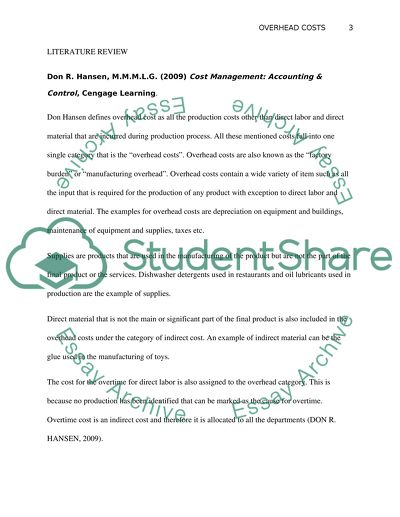Cite this document
(“OVERHEAD COSTS Literature review Example | Topics and Well Written Essays - 1500 words”, n.d.)
Retrieved from https://studentshare.org/finance-accounting/1471872-overhead-costs
Retrieved from https://studentshare.org/finance-accounting/1471872-overhead-costs
(OVERHEAD COSTS Literature Review Example | Topics and Well Written Essays - 1500 Words)
https://studentshare.org/finance-accounting/1471872-overhead-costs.
https://studentshare.org/finance-accounting/1471872-overhead-costs.
“OVERHEAD COSTS Literature Review Example | Topics and Well Written Essays - 1500 Words”, n.d. https://studentshare.org/finance-accounting/1471872-overhead-costs.


